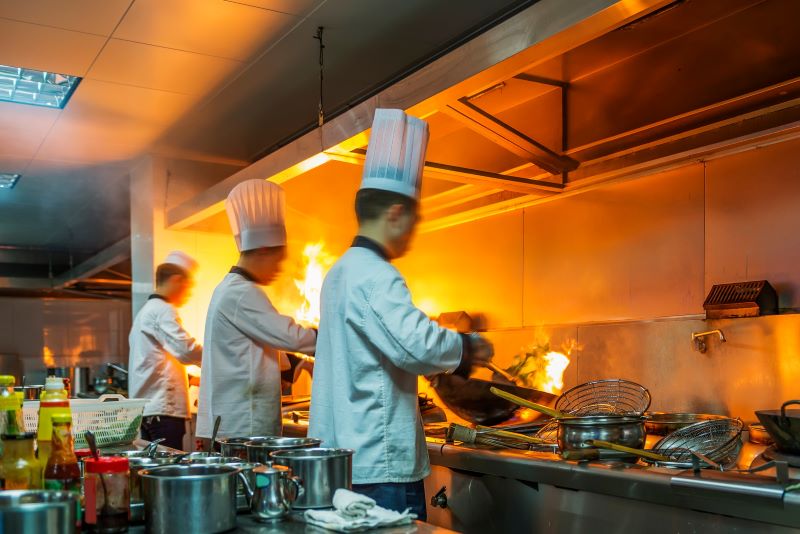The life of a certified food protection manager can be stressful and time-consuming. This becomes more evident and taxing during the hot summer months. Happy couples flood their favorite air-conditioned restaurants to celebrate the freedom of summer. At the same time, food service workers spend long hours in hot kitchens, ensuring every guest has the best experience possible. We’ve often heard it said that restaurant management is a single person’s game, but we feel that a CFPM should be able to enjoy a career and have a personal life beyond the kitchen.
Achieving Work-Life Balance as a CFPM: Managing Your Career and Personal Life
A quick Google search on divorce rates in the food industry will reveal that bartenders, chefs, and restaurant managers all rank in the 25 worst professions for relationships, according to numerous sources. While we offer food safety training, not couples counseling, we engage in conversations during class breaks and after testing sessions. We feel that there should be a chance for both a successful career and a healthy relationship, and we have a few ideas that have been shared by some professionals that we have talked to who have been able to achieve a successful balance.
- Go out of your way to make time for a personal life outside of work
- Trust your staff to get the job done in your absence
- Choose non-peak dates for special occasions
It may sound impossible, but you must make time for both to keep a healthy balance in your professional and personal life. Hearing stories of an 80-hour workweek makes us cringe. If you’re looking for ways to trim your hours to spend more time at home, you may want to rely on your staff to take on some extra responsibilities. If you’ve trained your employees well, you should have no problem trusting them to handle more responsibilities in your absence. Train your sous chef to take on some ordering or inventory duties, count on an assistant manager to help with scheduling, or train a trusted employee to receive and stock your weekly supplies.
Celebrate The 4th On The 9th
For our last tip, we’d like to offer an alternative to celebrating events such as Independence Day on the same day as everyone else. Don’t feel tied down to what the calendar says. Many restaurant professionals celebrate the 4th of July on a day before or after the holiday and go to their favorite restaurants during the week rather than on hectic weekends.
Maybe you’re one of our readers who is a certified food protection manager who has managed to balance a home and professional life. We’d love it if you could leave your tips in the comments below.




